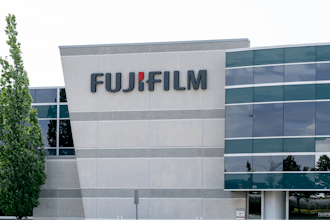In January 2013, the FDA proposed two new food safety rules that will prevent adulterated food from entering commerce and help prevent the spread of foodborne illness. The proposed rules implement the landmark FDA Food Safety Modernization Act (FSMA) signed into law in 2011, and are available for public comment for 120 days.
The first of these proposed rules is the one which applies to food manufacturers, It would require you, as a maker of food products to be sold in the United States (whether they are produced at a foreign- or domestic-based facility), to develop a formal plan for preventing those food products from causing foodborne illnesses from reaching the public. The rule would also require each of your facilities to have a plan for correcting any problems that might arise.
That prevention plan will also have to include a plan for recall procedures should a recall be ordered. The proposed rule requires that the recall plan include procedures that describe the steps to be taken, and that assign responsibility for taking the steps to perform the following actions:
- Directly notify the direct consignees of the product being recalled and describe how to return or dispose of the affected food
- Notify the public about any hazard presented by the food when appropriate to protect public health
- Conduct effectiveness checks to verify that the recall is carried out
- Appropriately dispose of recalled food — e.g., through reprocessing, reworking, diverting to a use that does not present a safety concern, or destroying the food
The source for the requirements that form the basis for these plans are found in the Federal Food, Drug, and Cosmetic Act (FD&C Act). The hazard analysis plan requirements are outlined in section 418(b) of the FD&C, the preventive controls requirements in section 418(c), the required monitoring procedures in section 418(d), the corrective action requirements in section 418(e), the verification requirements in section 418(f) and the recall plan requirement in section 418(o) (3) (E).
What should your plans include?
The plans you develop should be based on a thorough hazard analysis of your operation and should include a description of the specific risk-based preventive controls you have incorporated into your production system. These will be very similar to the current Hazard Analysis and Critical Control Points (HACCP) standards, under which facilities can evaluate their physical, biological and chemical risks, as well as radiological hazards, (which were added in the new rule just issued).
Your plan also should include methods to detect and control problems that might arise, and should include detailed validation and verification procedures that will demonstrate (validate) that the preventive controls are indeed capable of controlling the hazards and can verify that these controls are working as they were designed.
Devil in the details
How detailed should your plans be? The more detailed the better. The plan must be submitted to the FDA, which will review it. The absence of a complete and detailed Food Safety Plan can potentially open you to greater risk of inspection. The prevention plan is an important factor that the FDA will focus on as it identifies potentially high-risk areas of the industry, making plans to apply its limited resources most effectively. You would prefer not to be on that list.
The bottom line
While many manufacturers will inevitably think of these plans simply as a way to keep the FDA away from their door, that approach can be short-sighted. These prevention and corrective action plans will have enormous value to you as a manufacturer. Creating them will force your company to thoroughly assess its ability to protect itself as well as the public. Most manufacturers, busy meeting market demand, improving productivity, maintaining and increasing OEE, etc., have found it difficult to find time to devote to food safety procedure planning. Now, making the time will pay off in ways you may not have expected.
These plans will be the primary tool in reducing the risk to your valuable brand image by limiting your potential exposure to costly recalls and even more costly litigation that will reflect negatively on your brand. That protection will be well worth the effort.























